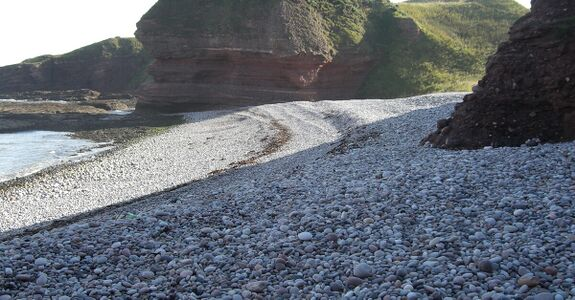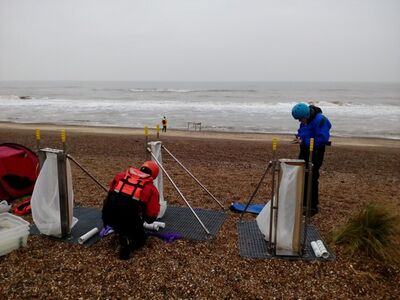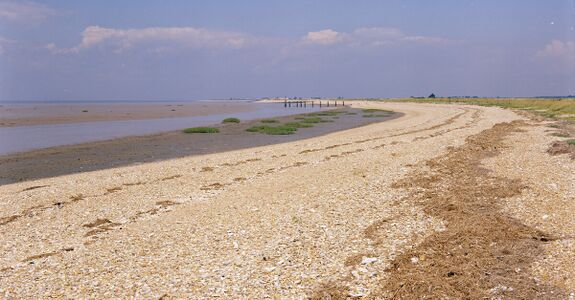Category:Understanding coastal protection by gravel barriers in a changing climate
Background
Beach and barrier systems characterized by a predominant gravel fraction, encompassing 'pure,' 'compound,' and 'mixed sand-gravel' configurations, collectively referred to as 'gravel barriers,' are prevalent across the UK and worldwide.
It is widely acknowledged that gravel barrier shorelines provide crucial natural flood protection to numerous coastal communities. Furthermore, their establishment and enhancement are increasingly recognized as sustainable, nature-based adaptation measures that enhance natural capital. However, effective management is imperative to ensure their continued efficacy in mitigating coastal erosion and flooding risks. Currently, our understanding and modeling capabilities of gravel beach and barrier dynamics significantly trail those of sandy counterparts.
The objective of this Wiki site is twofold: to disseminate the findings of BGS research and to facilitate the open exchange of information within the broader geological community.
Specifically, this platform offers research methodologies that tackle pivotal research questions as outlined below, accompanied by references to the primary research outputs generated to date.
Questions
RQ#1 How do decadal-scale morphodynamics of gravel barriers respond to changes in sea level, storminess and sediment supply, and influence coastal evolution? How will this impact the ecosystems they support?
RQ#2 Under future climate change, will the coastal protection role of gravel barriers be compromised, potentially triggering management interventions?
RQ#3 When and how does sediment transport on gravel barriers differ from more well studied sand cases?
RQ#4 What is the internal structure and composition of gravel beaches and how do variations in composition influence beach morphology and dynamics?
RQ#5 What is the role of hydraulic conductivity in influencing barrier behaviour?
RQ#6 Can we quantify the critical interactions between gravel barriers and the back-barrier environment (marsh, lagoon, estuary), as well as the interplay between gravel barriers and coastal structures?
Approaches
- #gravelbeach project led by Dr Jenny Brown at the National Oceanographic Centre (NOC)
- UKGravelBarriers project led by Dr Andres Payoat the British Geological Survey (BGS)
Outputs
The different outputs of these research projects can be found via:
- New "Gravel Resource" at the National Network of Regional Coastal Monitoring Programmes website
- Dedicated wiki site for the BGS led UKGravelBarriers project
History
These research questions were included in the NERC highlight topics 2023 Addressing environmental challenges Topic F ‘Building understanding of natural coastal protection by gravel barriers in a changing climate’. The Award details for the two selected projects can be found at the UKRI-NERC Grants of the Web dedicated site https://gotw.nerc.ac.uk/, and found by using the Lead Grant Reference NE/Y503265/1 and NE/Y50323X/1 for the UKGravelBarriers and the #gravelbeaches projects, respectively.
Please note that others may also have edited the contents of this article.
|
Pages in category "Understanding coastal protection by gravel barriers in a changing climate"
The following 7 pages are in this category, out of 7 total.


